
Join CUGOS for our 2025 Fall Fling! This conference is a great opportunity to:
We welcome all students, professionals, map lovers, coders, and anyone with a passion for learning about spatial information.
When? Friday, November 14, 2025, 9 AM to 5 PM
Where? Maple Hall Great Room, University of Washington, Seattle
How?
Register here!

Doors open
All attendees
Get a name tag, meet old and new friends, drink a coffee
Welcome to the 2025 Fall Fling!
CUGOS Volunteers
Introduction, logistics, raffle prizes
Session: Big ideas in OSGeo
💡 Keynote
Beyond Civic Tech: Public Mechanics Starts at Home
Ron Bronson brings a unique mix of service design, delivery leadership, and critical urbanism to public sector technology. He led large-scale digital delivery teams in government, most recently at 18F, and this year launched the all-volunteer Portland Digital Corps. He also teaches in the Urban Technology program at the University of Michigan.
Civic tech often overpromises and underdelivers, focusing on apps or dashboards instead of the systems that quietly keep public life running. Public mechanics is a framework for seeing the rules, workarounds, and repair practices that hold services together after the launch moment has passed. This keynote explores why the “last mile” of delivery is always political, how resilient processes safeguard against misuse, and why the unglamorous work of maintenance is what makes systems durable and worthy of public trust.
🎤️ Talk
OpenStreetMap in the hands of students: experiences from CWU
Sterling Quinn | Central Washington University
Dr. Sterling Quinn is an associate professor in the Geography Department at Central Washington University. He is interested in the politics of online maps and the human factors that surround FOSS development and adoption. He has published academic papers on the social influences behind crowdsourced projects like OpenStreetMap and Mapillary. Dr. Quinn's commentary has appeared in NPR Marketplace, Al Jazeera, and the Los Angeles Times, and he has been a regular speaker at FOSS4G.
The university classroom can be a place where people get their first introduction to OpenStreetMap (OSM) in an environment where they can receive guidance and feedback about their work. Academic and extracurricular activities with OSM provide students an opportunity to think critically about the crowdsourced data model and ways to add features that offer a high social value to the map. This presentation will share some ways that OSM has been incorporated into the Geography curriculum at Central Washington University (CWU). This includes training students on how to edit OSM, as well as involving students in research that uses, inventories, and builds OSM. We will also show how student coursework and events increased the richness of OSM data in under-mapped communities in the Pacific Northwest.
☕ Coffee break
Session: Practical mapmaking
🎤️ Talk
Web maps, 2 ways with Streamlit and Pyscript
Christy Heaton | Woven by Toyota
Christy Heaton is a software engineer with over a decade of experience in Geographic Information Systems (GIS). As president of CUGOS (Cascadia Users of Geospatial Open Source), she champions the use of open-source tools for spatial analysis and advocates for Python in geospatial development.
Let’s use Python to make fun and interactive web maps! In this talk, we'll explore two easy ways to create web maps using Python: Streamlit and PyScript. We'll build a web app that helps you find the perfect hiking trail in Washington state, and in the process, learn how to integrate geographic data, visualize it interactively, and deploy it to the web.
🎤️ Talk
Why I made Sourdough: a new vector tile schema for OpenStreetMap
Jake Low is a software developer and mapmaker based in Seattle. He currently works at OpenStreetMap US, supporting MapRoulette, OSMCha, and other community tools. In his spare time, he enjoys hiking and mapping trails in OSM.
Vector tiles power the zoomable interactive maps seen in many websites and apps. Sourdough is a new vector tile schema designed to make the wealth of data in OpenStreetMap more easily accessible to map makers. In this talk, I will explain what Sourdough is, what its goals are and what tradeoffs it makes in pursuit of those goals, and show you how you can use Sourdough to create your own maps that leverage the broad variety of data available in OpenStreetMap.
🎤️ Talk
Workflows and tips for creating nice cartography with QGIS
Karsten Vennemann | Terra GIS
Karsten Vennemann is a GIS professional with a background in Geography and Soil Science. His work mostly focuses on GIS in the context of natural resources, sustainable development and social justice. In 2007 he started his own company, Terra GIS, based in Seattle. He teaches classes in Open Source GIS and a good portion of his consulting work involves creating and supporting Open Source based Web GIS solutions.
For the last 3 years, I have been working on my personal cartography project: a poster-size map featuring an adventurous 3,000 km bicycle trip from the town of Copacabana at Lake Titicaca, Bolivia to the city of Mendoza in northern Argentina with my son in 2022. The cartography project often stalled due to time constraints over the 3 years, but finally I am ready to cross the finish line with a finished poster-size map measuring 36 by 54 inches, printed at a scale of 1:750,000.
I will feature the map and take you on a journey showing how the map was created, which data was used and how it was processed, touching on a variety of tools in QGIS and sharing what I learned while demonstrating the techniques and workflows used for specific cartographic styles, advanced workflows, and innovative approaches to create the poster. The techniques developed for this personal project can be generalized into broader cartographic approaches that I will explain, making them applicable to other mapping projects and demonstrating how personal cartographic challenges can lead to generally useful workflows and design approaches.
🎤️ Talk
Using LLMs to enhance your FOSS geodata workflow
Hal Mueller fell into the FOSS4G world in grad school when he used an early version of GRASS to generate habitat datasets for predator/prey modeling. He keeps one foot in the FOSS4G data world and one foot in the Apple ecosystem, incorporating geodata into applications for iPhone, Vision Pro, and web.
Modern LLMs such as ChatGPT and Claude can be effective partners as you assemble and analyze open source geodata, but you need to keep them on a short leash and maintain an understanding of the problem you're trying to solve. We will review case studies you can apply to your work today. You will learn how to use LLMs to construct scripts for data download, webscraping, and data cleanup; to update an obsolete codebase; and to understand the legacy code you just inherited and add features and automated tests. We will look at some LLM blind alleys and explore how to recover from them. Code examples are in Python, C++, Mapserver, and Swift.
☕ Quick break
Morning lightning talks
⚡ Lightning Talk
So You Want to Revive Your Local Maptime Chapter?
Diana Bonnarens | MaptimeSEA
Diana Bonnarens (she/her) supports strategic planning at the Washington State Department of Transportation, where she applies GIS to analyze and guide long-term facility needs. She holds a Master’s in Geographic Information Science and Technology from USC’s Spatial Sciences Institute and a B.S. in Geology from the University of Washington, fueling her enthusiasm for remote sensing, cartography, and spatial storytelling. Diana relaunched and leads the organizing of MaptimeSEA events, fostering an inclusive, hands-on mapping community in the Seattle area.
Like many grassroots groups, Maptime chapters rise, pause, and sometimes fade. But what does it take to bring one back to life? This talk shares the story of relaunching Maptime Seattle, a hands-on, inclusive mapping community. From re-establishing a regular event rhythm, to experimenting with workshops and social gatherings, to building partnerships with universities and local organizations, we’ll cover what worked, what didn’t, and what we’re still figuring out. Attendees will leave with practical ideas, cautionary tales, and inspiration for reviving their own local Maptime chapter (or joining ours!)
⚡ Lightning Talk
Access Service Area Lookup
Katia Montgomery | King County Metro
Katia Montgomery is a Transportation Planner III with King County Metro's Accessible Services, focused on GIS, Python automation, and SQL analysis for paratransit. She has built tools and web maps that make Access service areas clearer for riders and decision-makers, and is currently developing a Rasa-based Access Assistant to deliver fast, policy-accurate answers.
The Access Service Area Web Map is a public, mobile-friendly map that allows riders, caregivers, and staff to quickly check whether an address is within the paratransit service area for a specific day and time. Behind the scenes, I automated GIS workflows in ArcGIS Pro/Python to generate and publish up-to-date service-area polygons that reflect real operating days and hours, including late-night windows that cross midnight. Users can search an address and see clear "in/out" results. The map has reduced call volume, sped up eligibility checks, and made service boundaries more transparent for the community.
⚡ Lightning Talk
QGIS for Cadastral Management
Steven Cowley | Heintz Surveying and Engineering
Steven Cowley is a GIS Analyst with over twenty years of experience in the public and private sectors. His area of concentration has been cadastral GIS and often bridges the gap between GIS, Land Surveying and Civil Engineering professionals.
This talks offers a quick overview of the methods and tools available in the QGIS desktop application for managing geometric and tabular cadastral data.
⚡ Lightning Talk
The answer to navigating by foot power
Nathan Proudfoot | NATFOOT
Nathan Proudfoot is the most prolific Open Street Map editor from the PNW. He is the lead cog at National Association of Travel Fostering Outdoor Opportunities and Trails or NATFOOT. He was previously a Google Map Maker Advocate.
This talk describe a FOSS project to unify and expand foot-powered navigation to the masses through marked routes for bicycles and people on foot. The routing standard is taken from the Czech routing system and is the answer to get more people outdoors.
Lunch
Catered on-site
Session: Applied geodata
🎤️ Talk
Mapping the Invisible Grid: Powering Renewable Energy Development with Open Source GIS
Kristen Narcisi | MicroGrid Networks
Kristen Narcisi is Head of Data at MicroGrid Networks, a renewable-energy developer and operator focused on advancing battery storage and grid modernization in New York City. Her work bridges data science, GIS, and infrastructure planning, with a focus on using open-source tools to digitize and understand the electric grid. With a background in biomedical informatics, Kristen specializes in transforming fragmented data into actionable insight, supporting both renewable energy development and community engagement around clean energy projects.
Often described as the largest machine in the world, the electric grid touches nearly every part of modern life, yet much of it remains invisible. Data on electric infrastructure, parcel information, environmental factors, and regulatory compliance is scattered across city, state, and utility agencies, often buried in PDFs or spreadsheets and rarely standardized. This fragmentation slows renewable energy progress and reflects a broader challenge: we live in a dynamic world, but our data remains static and siloed. Access to critical datasets is also narrowing, and much of this information is at risk of disappearing.
Through the lens of distribution-level renewable energy development in New York City, this talk explores the applications of open-source geospatial tools in bringing structure and context to these complex, disconnected systems. Drawing from work on MicroGrid Networks’ proprietary mapping platform, it shows how efforts to digitize the grid help align utilities, developers, and communities toward the common goal of advancing the renewable-energy transition to make a more resilient grid.
🎤️ Talk
Electrifying Transportation with eRoadMAP
Matt Stevenson | CORE GIS
Matt Stevenson is Principal at CORE GIS, where he specializes in cartography, spatial analysis, remote sensing, conservation planning, and web mapping. He works primarily with nonprofits and government agencies focused on conservation, natural resources, and public policy.
eRoadMAP is an interactive webmap designed to estimate the power and energy needs for electrifying transportation in the USA at the local level, covering light–, medium–, and heavy–duty vehicles. eRoadMAP helps users identify areas where multiple customers cluster around one or two feeders, fostering proactive discussions between utilities and customers for effective infrastructure planning. Users can view both Energy and Power requirements for near-term electrification needs at multiple scales, animate the time series of projections, include or exclude long-haul trucks, filter the number of MWh/Day, and show a variety of reference layers including load capacity, charging stations, truck stops, and demographic characteristics. We used H3 hexagons, Mapbox, Postgis, pg_tileserv, and GitHub to create the map, and will explain how we built it and share lessons learned over multiple phases of design, development, testing and deployment.
🎤️ Talk
Reviewing coupled GPS and accelerometry data with R-Shiny and FOSS
Phil Hurvitz | GeoScience Research Labs, LLC
Phil Hurvitz is a geographic information scientist with over 3 decades of experience working in GIS. He is currently employed by the WA Office of Financial Management as a Senior Data Scientist in Forecasting and Research Systems (not doing GIS work!). Phil is also principal of GeoScience Resarch Labs, LLC, working on projects integrating spatially explicit data with health outcomes. He holds degrees from Seattle University (BA) and the University of Washington (master of forest resources, PhD in urban design and planning).
In a project testing different physical therapy interventions applied to children with cerebral palsy, we simultaneously collected global positioning system (GPS) and StepWatch accelerometry step count data. The resultant data included 8,033,460 accelerometry records and 6,969,902 GPS records. Data were integrated into a PostGIS database, with data joined by common time stamp. The research team needed a way to review data to determine which data, if any, to censor from the final analytic data set based on unusual locations. We created an app using R-Shiny and Leaflet to display the GPS and accelerometry data on a basemap, allowing the research team to review data interactively on a day-by-day basis. This provided an easy to use and efficient interface for reviewing a large data set. The presentation will include a description of methodology and a live demonstration of the application.
🎤️ Talk
Virtual Plot Alignment for Forest Monitoring
Rachel Deininger | UW FLAME Lab
Rachel Deininger is a LiDAR analyst in the Fire, Landscape, and Adaptive Management Lab at the University of Washington. Her work focuses on using terrestrial LiDAR to study forests.
Forest monitoring relies on accurately locating preestablished plots, but permanent markers are often prohibited or unreliable. LiDAR technology offers a virtual alternative, enabling precise plot navigation without monumentation. A mobile application can leverage LiDAR scans to help operators align virtual plots with real-world features for improved inventory accuracy, enabling field operators to locate plot centers using LiDAR-derived virtual plots. The application will support scan annotation, offline viewing, and augmented reality-based navigation. Field testing will assess accuracy and usability to refine the tool for operational deployment. A prototype iPad app was developed with three core functions: downloading LiDAR scans, annotating scans offline, and projecting scans in augmented reality. Accuracy and usability were evaluated with field testing in real-world conditions. A LiDAR-based iPad application enables accurate virtual plot relocation, eliminating the need for permanent markers. Field testing will assess precision and ease of use, providing a proof of concept for integrating LiDAR into forest inventory and monitoring workflows.
🎤️ Talk
HexMAPP: Broadband Market Analysis with Open Geospatial Data and Cloud Scale Processing
Catherine Crook | Quanta Services
Catherine Crook is Senior Program Manager at Quanta Services, where she leads development of the HexMAPP geospatial analytics platform. She has over 18 years of experience using spatial data and cloud technologies to support infrastructure planning and data-driven decision making.
HexMAPP is a geospatial analytics platform that evaluates broadband infrastructure feasibility across the United States. It combines open geospatial datasets such as FCC Broadband Data Collection, US Census TIGER/ACS, and OpenStreetMap road networks to produce market analyses. Boundaries for analysis are provided by customers when available, and when they are not, HexMAPP uses open-source tools to acquire and process accurate city boundaries. Built on PostGIS hosted via Crunchy Data and supported by scalable processing in Google BigQuery and containerized services, HexMAPP integrates open-source database technology with cloud scale computing. Our four-person team validates all inputs, manages data pipelines, and performs the spatial and financial analytics that power the platform. We also build and maintain the interactive maps in Foursquare Studio and ensure they run reliably from beginning to end. These outputs are rendered in the proprietary HexMAPP application built and supported by our team. This presentation will provide an overview without disclosing proprietary workflows.
☕ Coffee break
Afternoon lightning talks
⚡ Lightning Talk
Great Data Products
Jed Sundwall | Radiant Earth and Techs on Texts
Jed Sundwall works at the intersection of data, product development, cloud computing, economics, and policy. He has taught at the Yale Jackson School of Global Affairs, is a technical fellow at the Taylor Geospatial Engine, and advises the Flickr Foundation. Before joining Radiant Earth, he created the AWS Open Data Program. He also produces Techs on Texts, a podcast about the intersection of literature and technology.
Shared data products like Landsat, Sentinel-2, AlphaFold, Common Crawl, and 1000 Genomes have powered major advances in science and technology, yet the art of creating great data products remains understudied and overlooked. It’s time to explore what sets great data products apart, focusing on the ergonomics of data and the craft of building resources that others can use and build upon. Attendees will gain practical insights into designing impactful data products and learn how the open science community can help make them more common.
⚡ Lightning Talk
Illuminating Historic US Energy Use
Emily Spahn | Double Stop Consulting
Emily Spahn is a data scientist and software developer with a background in environmental engineering. She provides technical solutions in the areas of data, environment, and computing through Double Stop Consulting.
Let's explore state-level historic energy use by generating a map animation reminiscent of nighttime satellite images of the earth. We'll talk about what we might expect in the data & what we actually see, as we step through the process of generating an image using Python and its geopandas and matplotlib packages.
⚡ Lightning Talk
Visualizing Oregon’s Maternal Care Access
Meghan Bausone | PDX Digital Corps
Meghan Bausone is a designer who focuses on the intersection of design, technology, and maternal health by leveraging research and design strategy to innovate maternal healthcare experiences at a systems level. She is currently pursuing a Doctor of Design (DDes) at NC State’s College of Design, where her research explores maternal health systems in rural communities.
Across rural America, families face growing challenges accessing basic maternal health care. In some areas, expectant parents must drive hours for prenatal visits or to deliver at a hospital or birth center. These "maternal care deserts" contribute to poor outcomes, including higher rates of maternal and infant complications and mortality. The situation is worsening. Since 2010, more than 500 hospitals in the U.S. have closed their obstetric units, leaving half of all rural hospitals without maternity services.
The Portland Digital Corps, in partnership with Oregon State University’s Uplift Lab, developed a prototype mapping tool to visualize maternal health resources across Oregon. The map highlights where care currently exists and how the closure of at-risk locations affects nearby communities. Completed as part of a volunteer-led four-week sprint, this project demonstrates how accessible, open-source mapping tools using publicly available data can empower public health advocates, researchers, and community leaders. By visualizing data clearly, local stakeholders can strengthen funding proposals, inform policy, and advocate for systemic changes to improve care coverage.
Session: Spatial prediction
🎤️ Talk
Model-Based Geostatistics
Nat Henry | Henry Spatial Analysis
Dr. Nat Henry is a professional geographer and the Director of Henry Spatial Analysis. His public health and urban mobility work has been featured in Nature, The Lancet, Bloomberg CityLab, and on the front pages of The New York Times and The Seattle Times.
Model-based geostatistics can be a powerful framework for understanding spatial data, but the difficulty of setting up these models has inhibited their widespread use. This talk introduces model-based geostatistics using the open-source mbg package in R. Using examples from public health and transportation planning, we will explore different approaches to spatial regression, link our outcomes to underlying spatial predictors, and highlight the importance of model validation in the age of AI.
🎤️ Talk
Dead trees and where to find them: predicting forest mortality in the western United States
Keenan Ganz | University of Washington
Keenan Ganz is a PhD student in the UW School of Environmental and Forest Sciences. He uses remote sensing data to study how forests respond to drought.
Tree death is normal and even healthy for forests. However, climate change is increasing the frequency and severity of excess tree mortality caused by drought and wood-boring insects. Understanding why mortality happens would serve several forest management objectives. This presentation will examine our ability to forecast drought and insect-induced tree mortality from remote sensing products, evaluate the role of autocorrelation in this phenomenon, and chart a path for improved understanding of forest loss.
🎤️ Talk
Identifying environmental drivers of Aedes aegypti and Aedes albopictus abundance in the Dallas-Fort Worth metroplex using Random Forest modeling
Nathanial O'Dell | UW Department of Epidemiology
Nathanial O'Dell is a second year Epidemiology MPH student in the UW School of Public Health. His work revolves around using spatiotemporal data to describe trends in vector ecology, specifically as it pertains to Aedes aegypti in the United States.
Aedes aegypti and Aedes albopictus are 2 medically important vectors that have established populations globally. In the United States, Ae. aegypti populations declined post-Ae. albopictus introduction, though both species now can be readily found throughout the Southern US. Despite overlapping distributions, there are few studies that investigate and compare the drivers of abundance at spatial scales relevant to mosquito control and surveillance districts. To address this limitation, we analyzed longitudinal mosquito surveillance data from the Dallas–Fort Worth metroplex, Texas. We trained a Random Forest model on a subset of Ae. aegypti and Ae. albopictus data and meteorological and sociodemographic variables from Tarrant and Dallas counties to predict the abundance of both species within the Dallas–Fort Worth metroplex. Additionally, we interpolated predictions to map mosquito abundance at unsampled locations.
This presentation will explore the structure and wrangling of real mosquito trapping data and the methods used in order to extract environmental and socioeconomic variables to spatial grids in R and their application to mosquito distribution modelling efforts, with special emphasis placed on the implications of spatial analysis for public health policy.
🎤️ Talk
Estimating Structurally Complex Forests in Western Washington with Remote Sensing
Ethan Hughes | WA State Department of Natural Resources
Ethan Hughes works as the WA State Forest Biometrician for the WA State Department of Natural Resources. His background is in remote sensing algorithm development.
The Washington State Department of Natural Resources (DNR) is tasked with identifying, mapping, and projecting structurally complex forest (SCF) conditions across its westside forest lands. This work uses DNR’s remotely-sensed forest inventory system (RS-FRIS)—a height-driven dataset based on aerial photogrammetry— and ground truth plots to train, test, and apply models that classify forestland as SCF or not. This study has two main objectives: (1) assess whether models developed from RS-FRIS could reliably detect SCF across DNR-managed forest lands in western Washington, and (2) compare these RS-FRIS-derived results with other mapping efforts using different methodologies. Over 2200 field plots were sampled to train and test the SCF model. Results indicated RS-FRIS metrics ascribing canopy layers and a measure of mean tree diameter were most effective in identifying SCF from simpler forest structures. The final SCF forest model has a balanced accuracy of 81±1% and predicts 345k acres (23% of Western WA DNR forest lands) as SCF.
Conclusion and Announcements
CUGOS volunteers
Conclusion of the 2025 CUGOS Fall Fling, announcement of raffle winners and happy hour location
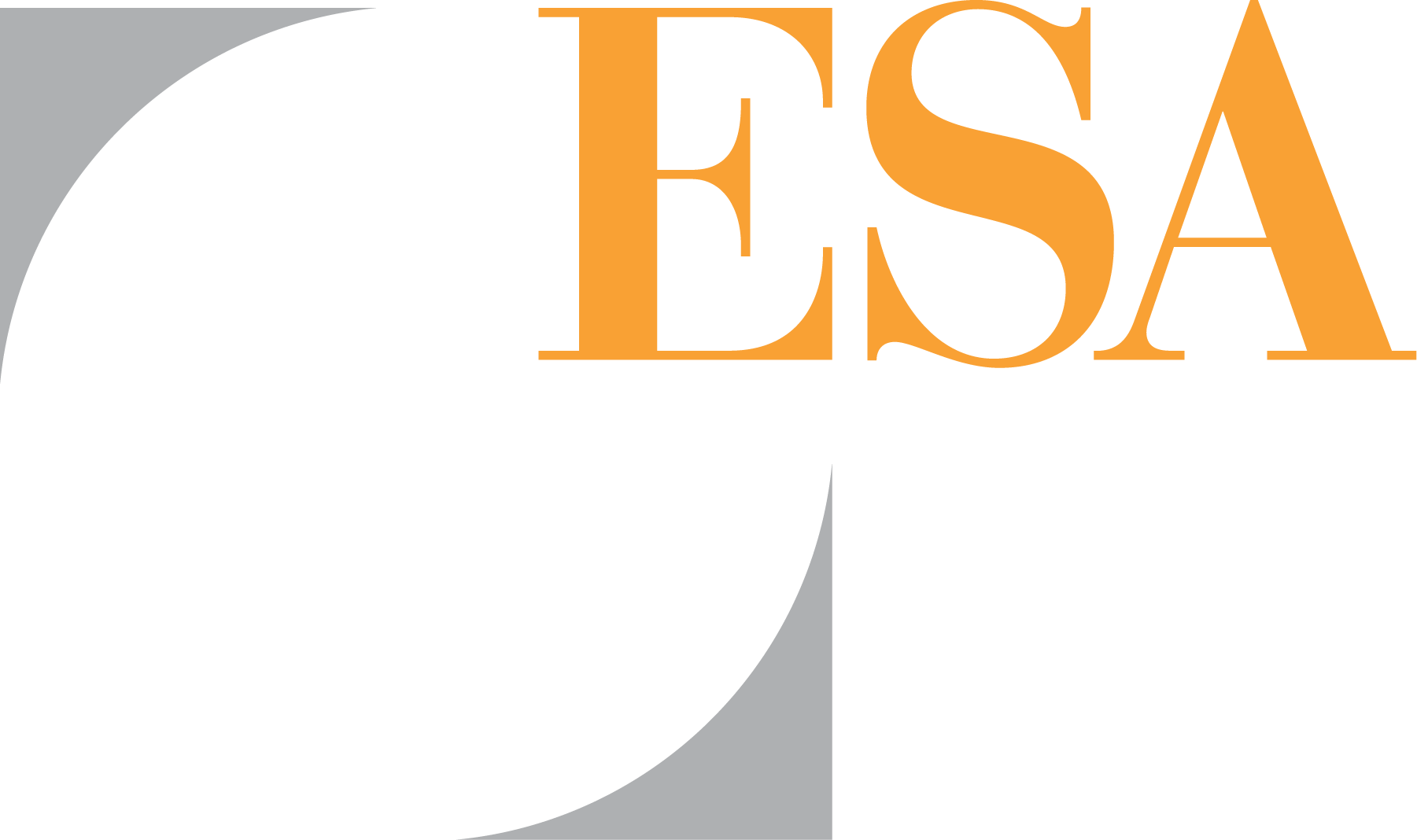


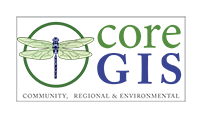
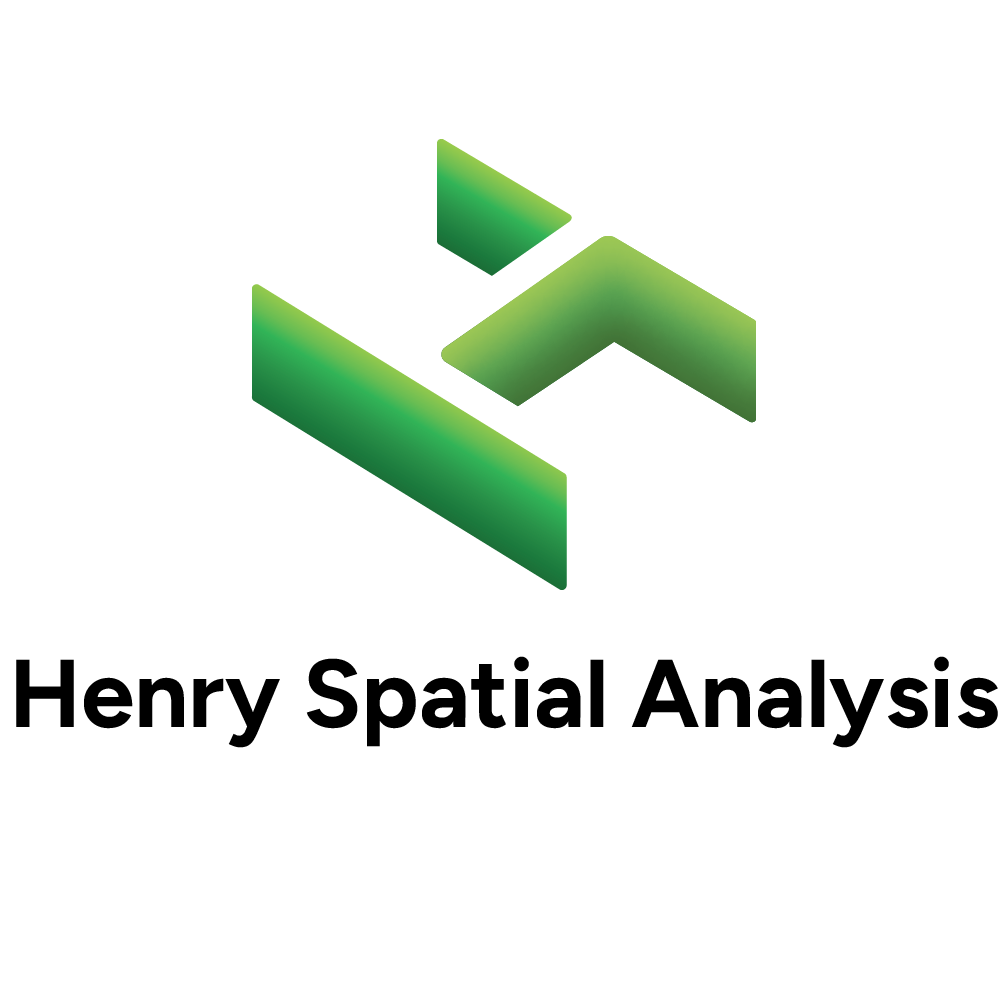
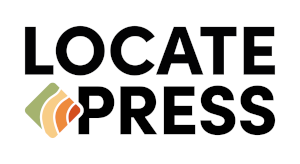


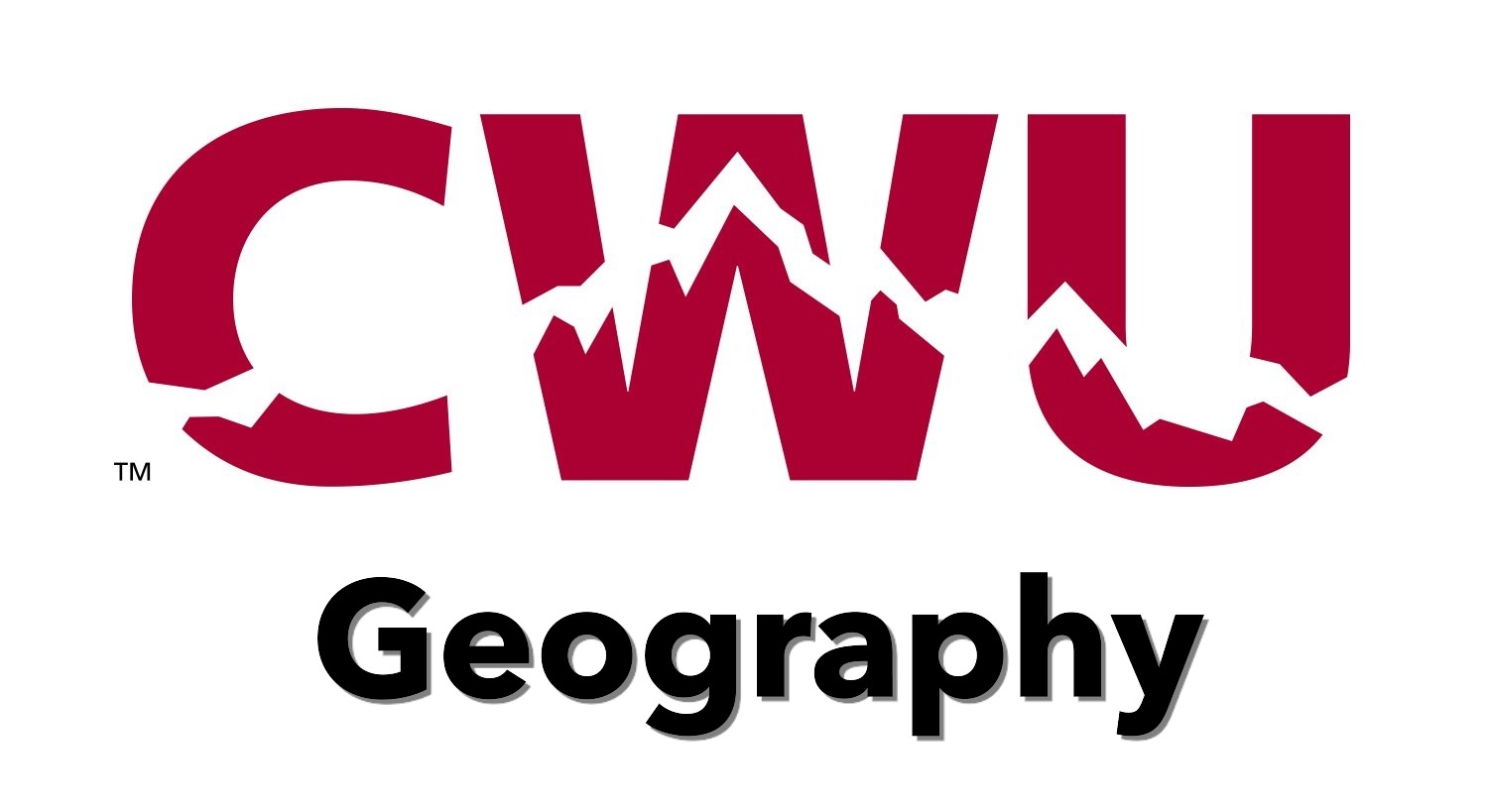


Interested in sponsoring this event? Send us a message at hello@cugos.org.
We are a small team of CUGOS regulars focused on putting together a great event for the broader geospatial community. Interested in helping out? Send us a message at hello@cugos.org.
Address:
Maple Hall Great Room
1135 NE Campus Parkway
Seattle, WA 98105